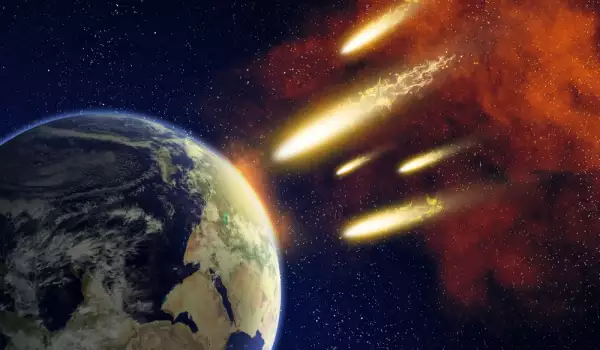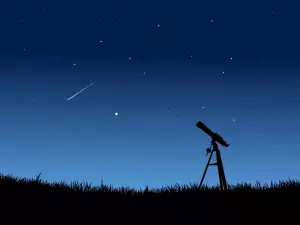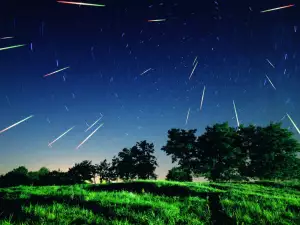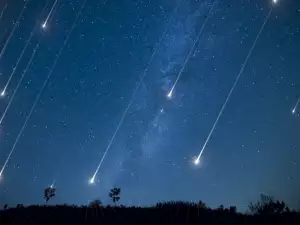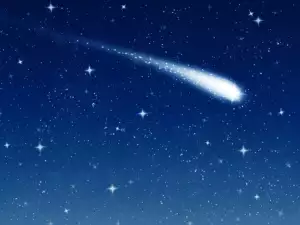The Geminids meteor shower will peak on December 14. Given good meteorological conditions, we'll be able to observe over 120 meteors per hour.
Geminids is the most active visible meteor shower from December 4 - 17. In 2015, its peak will be at about 18:00 on December 14th.
The moon tonight will be a so-called young moon - a thin crescent, shining at just 12% of full. The weak light of Earth's satellite will provide even better conditions for observation.
The Geminids meteor shower attracts stargazers with its bright display every year. Anyone who wants to observe the phenomenon needs to go outside under the open sky at nightfall on December 14. As the evening progresses, conditions will improve, since the Gemini constellation rises gradually.
At midnight it will be at a height of about 60° over the eastern horizon and provide excellent visibility. The meteor shower will initially be clustered in the eastern half of the sky, while rising higher as midnight approaches.
Unlike other well-known meteor showers, such as Perseids, Leonids, Orionid and others, which are borne out of meteor swarms, Geminids originate from clouds of particles ejected into space from the asteroid 3200 Phaethon.
This makes the upcoming phenomenon a whole lot more exciting, because despite being an annual event, it's extremely rare in the Universe.
